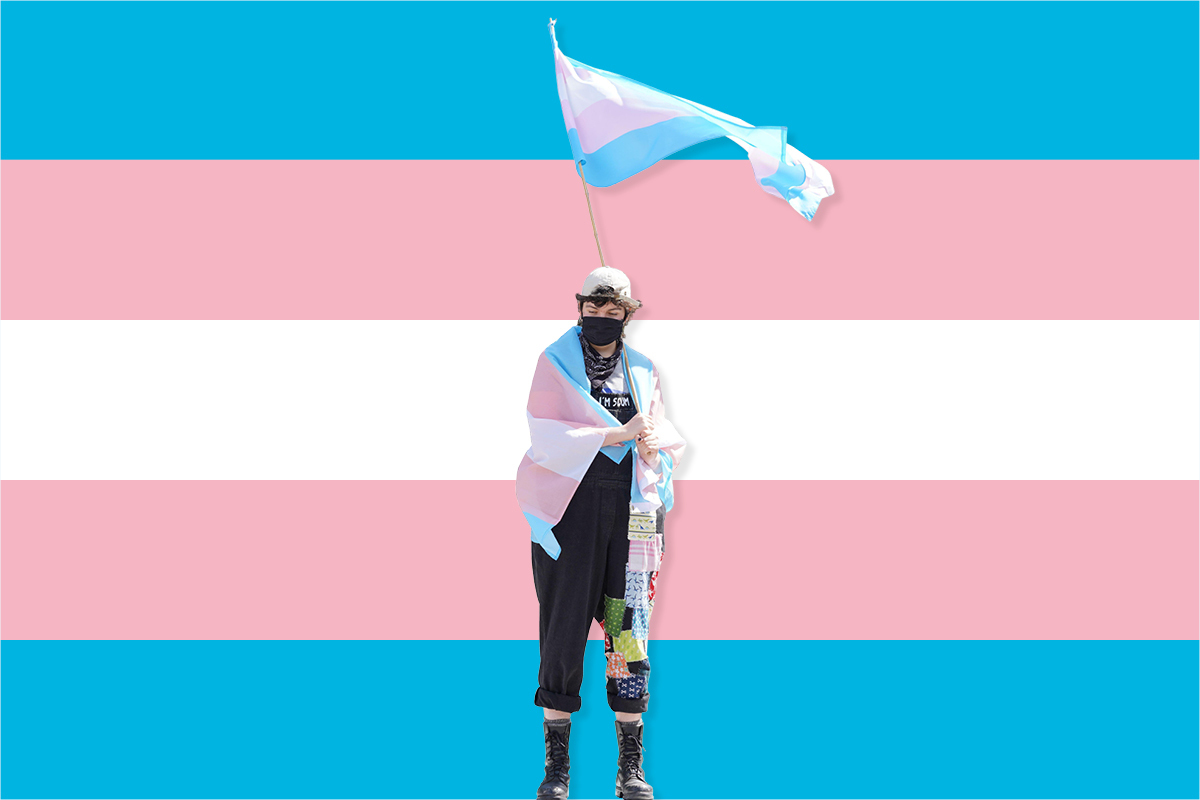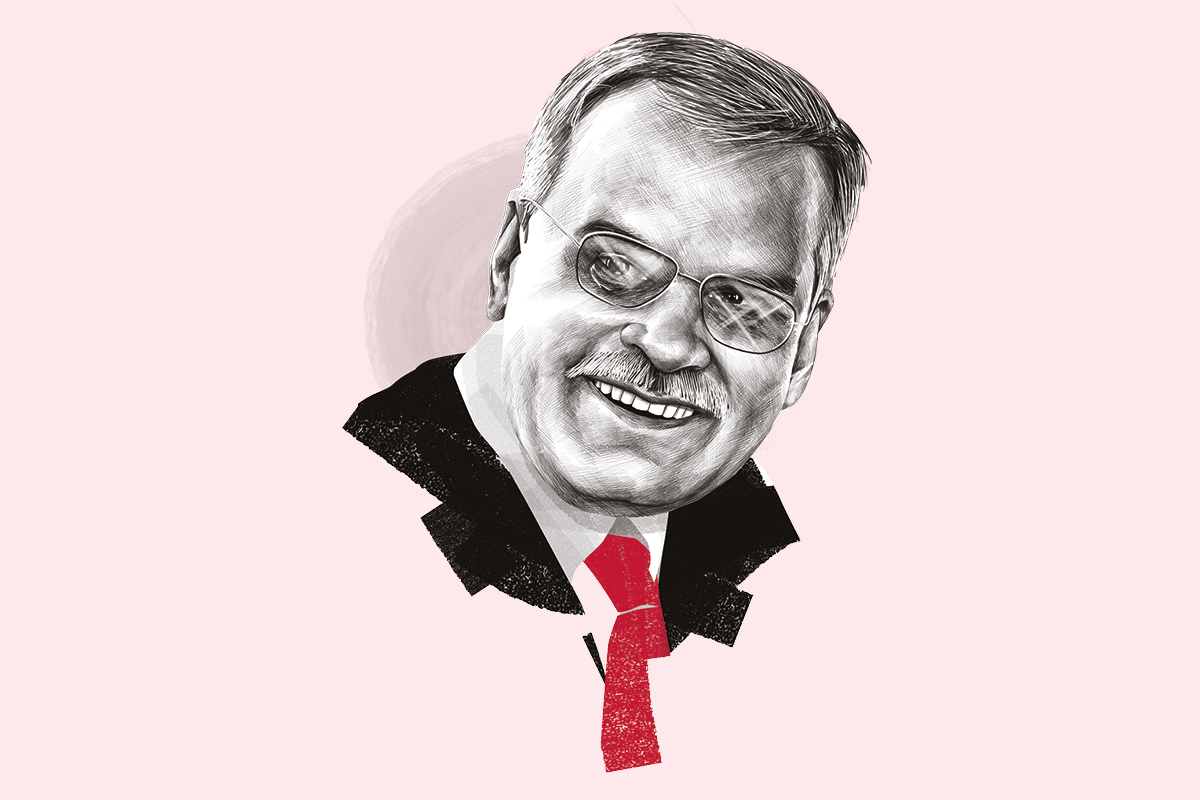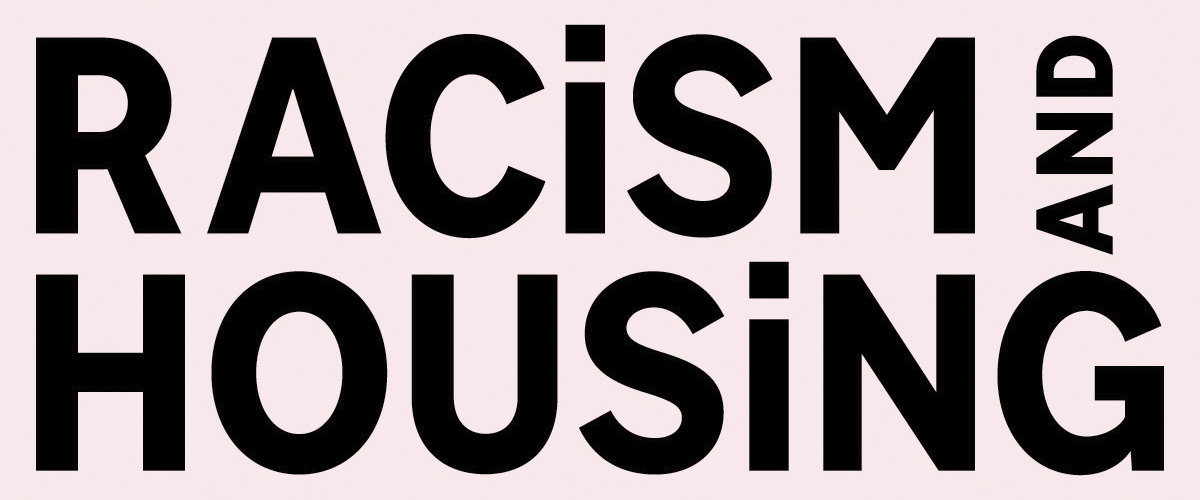Why has diversity progress stalled?

Simon Brandon talks to housing sector veterans to find out how they think social housing should solve its race diversity problem in top jobs. Illustration by Paul Ryding
There is no question that diversity has become a significant part of the housing conversation in this country – and, it could be argued, that represents progress in itself.
We know that Black, Asian and minority ethnic people make up a proportion of social housing tenants in the UK, and it is safe to say that the drive to make housing organisations more representative of the communities they serve is rooted as much in the quest to deliver better services as it is in the wider issue of racial equality.
But the sector is still falling short when it comes to its leaders. For the long view, Inside Housing spoke to leaders from past and present and asked them: what has changed in the decades since they started their career?
Talking the talk
“To put it bluntly, there’s been more talk than there has been action, particularly at the leadership level,” says Anu Vedi, who was chief executive at Genesis from 1999 to 2009. “The facts are there for everybody to see. Very, very few people from minority communities lead the larger organisations. Very few people from minority communities are represented on the boards and even fewer are chairs. Progress has been lacking over the
past three or four decades. That’s a fact.”
Dilip Kavi, chief executive at PA Housing and a veteran who has spent a quarter of a century working in the sector, agrees. “Nothing has changed,” he says. “If anything, there has been a decline in all these things over the past 25 years. I go to conferences and we all talk about the same garbage without doing anything.”
He recalls speaking at a session at the Housing conference in September last year. He asked for a show of hands: “Since [the Black Lives Matter protests], can any of you give me examples of things you have done
in your organisation? There was pin-drop silence.”
“If people genuinely want to do something about this [increasing diversity in the sector], then they need to give people an opportunity”
Dilip Kavi
Aman Dalvi has worked in housing for more than 40 years, many of them in leadership roles – he has served as chief executive, chair or board member at several housing organisations. “I’ve been around the block a few times,” as he puts it. When asked what has changed over those decades in terms of diversity at the top, he has the same answer as the others.
“At executive level, it hasn’t changed at all,” he says. “You find very few Black, Asian and minority ethnic chief executives, and in particular very few female Black, Asian and minority ethnic chief executives. Board membership has not changed significantly either, although I should stress that there is now a recognition that it must change, particularly following the Black Lives Matter movement.”
The sector as a whole has made progress elsewhere. Mr Dalvi points out that access to social housing, for example, is no longer directly discriminating on the basis of race. “In the ’70s and ’80s, it was very discriminatory, but that’s not the case any more,” he says. “Everyone has equal access today.”
The case for the defence
The housing sector still has a lot to be proud of when it comes to people from the ethnic minority backgrounds it serves and employs, says Rupi Hunjan, chief executive and founder of Censeo, a firm that specialises in providing mortgages for affordable and shared ownership housing.
“We’ve come a long way since Anu, Dilip and Aman started on this journey,” he says. “You look at other countries and how far Britain has come – it’s come a long way. Yes, it’s not perfect, but are we going to achieve perfection?”
Historically, he argues, the sector has been ahead of the curve when it comes to equality of opportunity.
“Housing back in the day gave a lot of opportunities to people from Black, Asian and minority ethnic communities,” Mr Hunjan says. “Those people may not have got an opportunity elsewhere.”
As for the seeming lack of opportunities at leadership level today, Mr Hunjan suggests it might be partly due to a lack of supply rather than demand.
“People say to me, ‘Why aren’t there more Indian mortgage brokers?’” he says. “Indians make up 2.5% of the population in the UK. So there aren’t many of us, and they are widely spread across a number of other professions.”
NHF survey
Last year, the National Housing Federation (NHF) carried out a survey of staff diversity at 174 English housing associations. It found that the racial diversity of housing staff in the sector is representative of the general UK population – 19% of staff are from Black, Asian and minority ethnic backgrounds, compared with 17% of the general population.
At executive level, however, that drops to 10%. This echoed Inside Housing’s research from last year on diversity of top housing jobs, which found that more than 60% of UK associations have all-white executive teams.
Mr Vedi likens it to a game of musical chairs in which the same pool of leaders and senior executives switch roles within the sector, with precious few positions being filled by people with a non-housing background.
“The prejudice that has prevailed over the decades has been that at leadership level you need to have housing or housing-related experience. To me, that is complete nonsense,” Mr Vedi explains. “Leadership is leadership. It should readily be transmissible between sectors. You see that in other industries; there’s no reason why the chief executive of a bank can’t go and run an industrial company, for example.”
The sector has gotten too used to playing it safe, agrees Mr Kavi. To make lasting change, housing organisations need to change the way things are done, and that means accepting that the value of their investments could go down as well as up.
“You have to take risks,” he says. “I have taken risks when appointing people, and, to be honest, some people have let me down.
“Very few people from minority communities are represented on the boards and even fewer are chairs. Progress has been lacking”
Anu Vedi
“But if you are trying to address a problem – whether it’s to do with Black, Asian and minority ethnic staffing levels, fire safety, whatever it is – by definition you’re taking risks. If people genuinely want to do something about this, then they need to give people an opportunity. By all means, if they fail, kick them out, but they must be given an opportunity to prove themselves.”
A 2020 report by management consultancy McKinsey & Company found that the more diverse a company’s executive team, the more likely that firm is to outperform its peers. The plurality of experiences, opinions and knowledge that diverse leadership brings translate into a better understanding of customers’ needs. The same principle applies to housing organisations, argues Mr Dalvi.
“We do need Black, Asian and minority ethnic people on boards to bring reality to housing associations, to let them know what it is like on the ground for communities,” he says.
“One thing I have discovered as a chair is that when I sit on a board, you get told any number of things by the executive team, but your real experience of what goes on on the ground comes from the residents. That’s when
I realise how good a service we are delivering.”
The National Housing Federation agrees. Its 2020 code of conduct says boards should be representative of the communities they serve and that they should have lived-in experience of those communities, too.
“I would say that does not exist at all,” Mr Dalvi adds. “There is a long way to go.”
In numbers
10%
Percentage of Black, Asian and minority ethnic staff at executive-level jobs in the housing sector
60%
Percentage of housing associations in the UK that have all-white executive teams
19%
Percentage of housing staff in England that come from minority ethnic backgrounds, according to the NHF
174
Number of English housing associations the National Housing Federation surveyed
Pressure points
If the destination is still some way off, then the next question must be how to get there. Does the Regulator of Social Housing have a role to play? Mr Vedi suggests that it does, but that it is falling short. “There has been little or no pressure or focus by the regulator to encourage [diversity in] leadership,” he argues. “They set out good intentions in various standards and policy documents, but their bark is worse than their bite.”
Mr Dalvi points out that the regulator itself is hardly an exemplar for diversity.
“If the regulator is to argue from a position of credibility, then it must have credibility itself,” he says. “And, until six months ago, it did not have a single Black, Asian and minority ethnic person on its board.”
“There has to be a desire internally to want to change, in order to reflect the community that you [social landlords] are seeking to serve”
Aman Dalvi
Residents must be part of the solution, he adds, but external pressure is not going to be enough of a catalyst.
“First and foremost, the change has to come from within,” Mr Dalvi explains. ‘There has to be a desire internally to want to change, in order to reflect the community that you are seeking to serve.”
That desire, in turn, can only come from one place. “I don’t need a regulator to tell me that we should provide good services to our customers,” says Mr Kavi. “That’s what I’m paid for, and I should bloody well do it. There’s been enough talking about this over the past 25 years. What we need is for people at the top end of organisations to actually get on with it.”
Racism and Housing series
Inside Housing’s Racism and Housing series aims to investigate how race inequality and racism interact with and impact on housing – for tenants, for staff working in housing, and for organisations. It has been launched a year since George Floyd’s murder prompted a huge global wave of Black Lives Matter activism.
We will be publishing monthly investigations that look at racism, race and housing, both in terms of what is going wrong, and what actions that sector is taking to address this.
If you have an idea for a story relating to this campaign, please contact deputy editor (features) Jess McCabe, at jess.mccabe@insidehousing.co.uk.
The stories published so far include:
‘We had to abandon everything’: the story of Chan Kataria and the flight of the Ugandan Asians
Race and the cost of living crisis: the impact on social housing tenants
How to create an inclusive housing association: a conversation with Bal Kang
How Cardiff landlords are tackling under-representation
Why has diversity progress stalled?
How racism impacts homeless people
How planning is failing to address race inequality in housing
Race and allocation: who are the new tenants getting social housing, and is it equitable?
How to increase representation of ethnic minorities in senior roles
How race impacts on people’s likelihood of living in a damp home or experiencing fuel poverty
Sign up to our Best of In-Depth newsletter
We have recently relaunched our weekly Long Read newsletter as Best of In-Depth. The idea is to bring you a shorter selection of the very best analysis and comment we are publishing each week.
Already have an account? Click here to manage your newsletters.
















